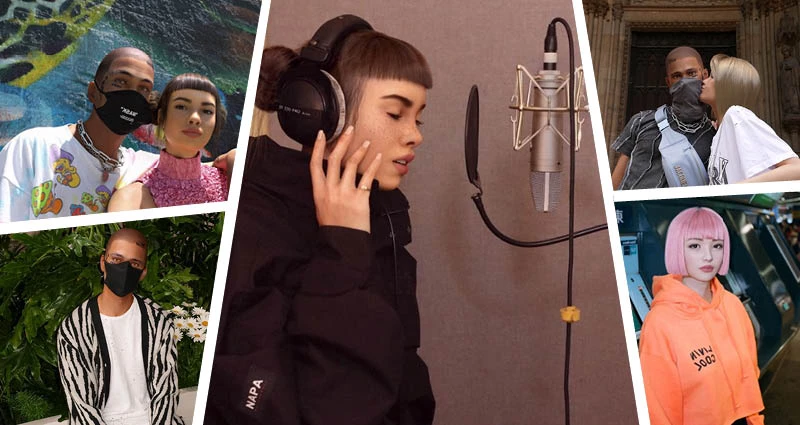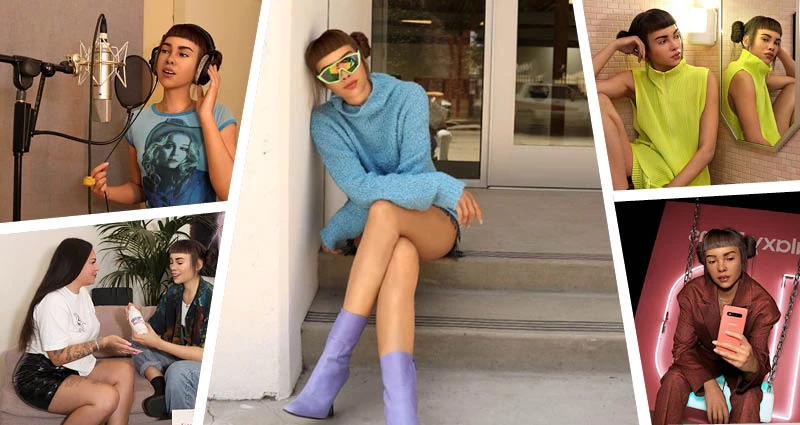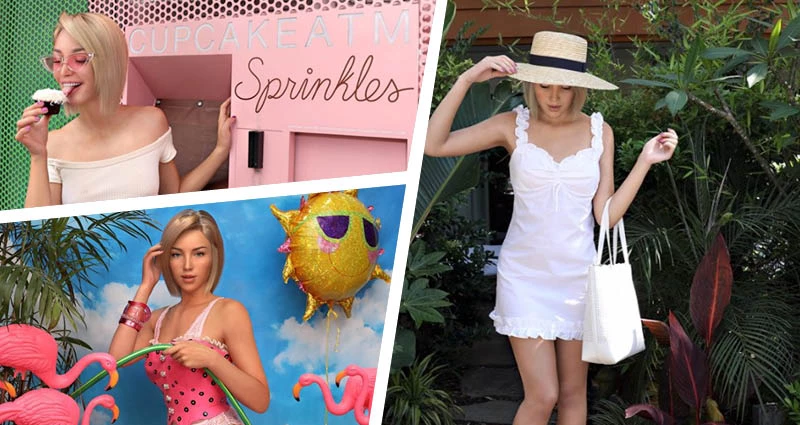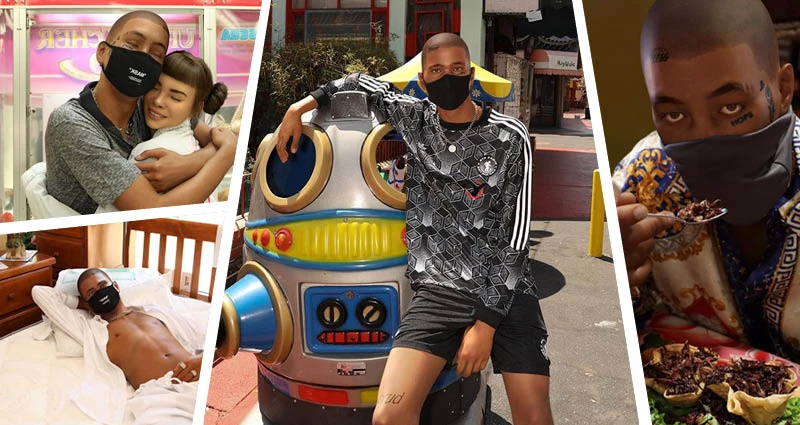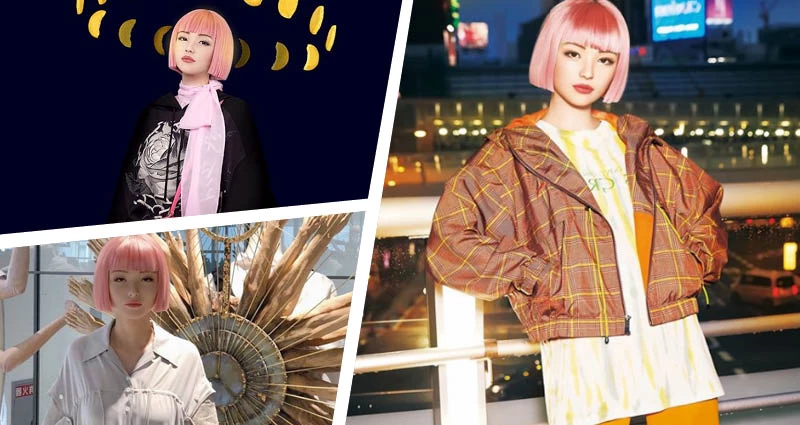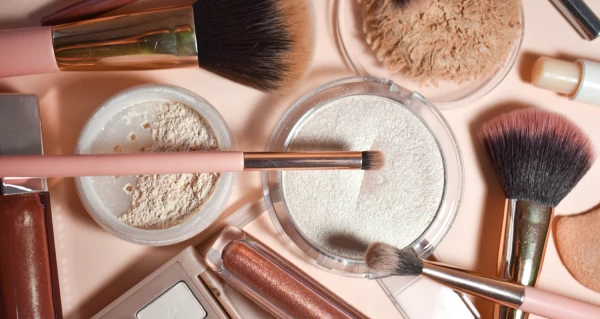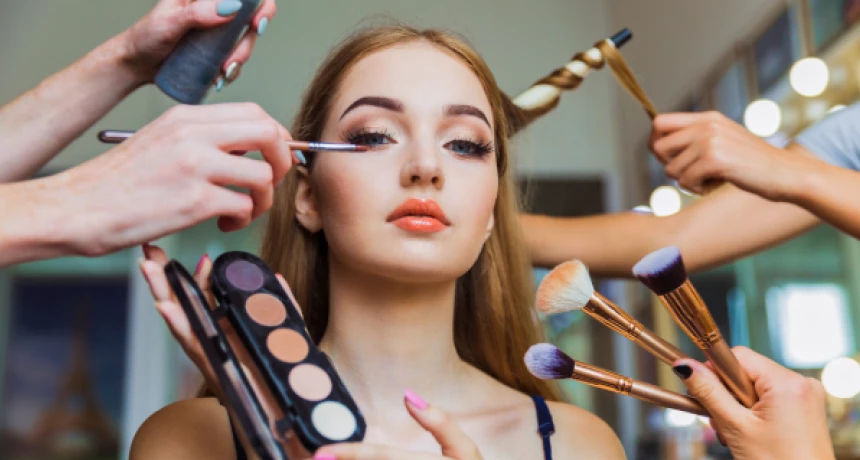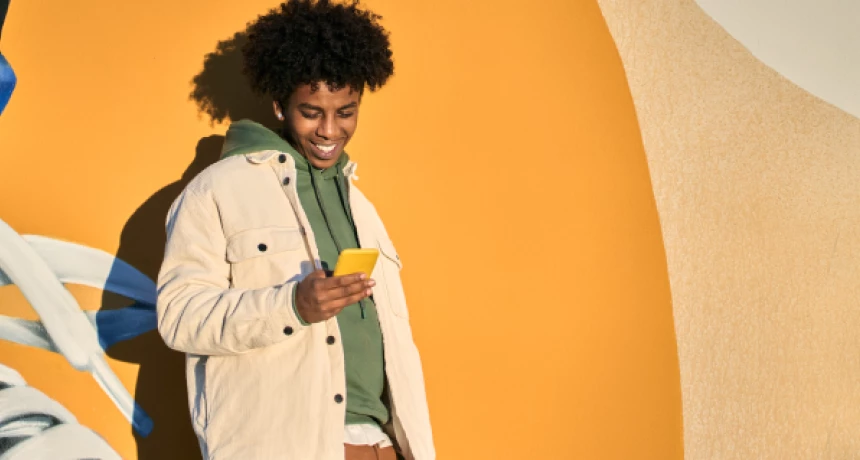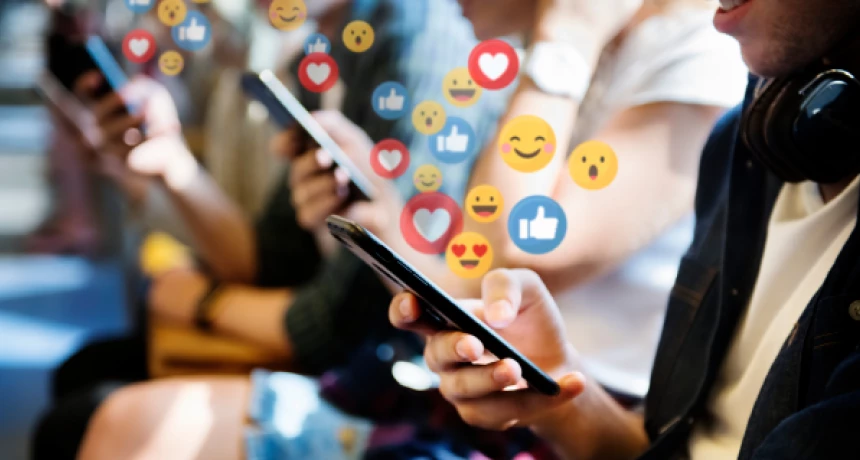Robots taking over the world is a fear that once stemmed from sci-fi cinema and got people thinking. Now, in 2025, it has shifted from a far-fetched idea to a potential reality, thanks to radical developments in science, engineering, and artificial intelligence.
While humans are likely still many years away from walking among robots on the street, running into them at the gym, or dining next to them in a restaurant, social media has become a space where H2R (Human to Robot) interaction is evolving at a rapid pace.
In 2025, millions of people worldwide are taking to Instagram to follow and engage with a new wave of online personalities: virtual influencers.
What Are Virtual Influencers?
By definition, virtual influencers, or CGI influencers as they can also be called, are fictional computer-generated ‘people’ who have the realistic characteristics, features, and personalities of humans. They are becoming a real force to be reckoned with in the influencer marketing industry, with more of them emerging on Instagram every week and more brands queuing up to get involved with this futuristic means of marketing. According to Forbes, the rise of virtual influencers represents a new frontier in brand storytelling, offering companies a way to engage audiences with completely controlled, customizable, and on-brand digital personas. This trend highlights the growing potential of blending technology and creativity to shape the future of advertising and consumer engagement.
Source: Forbes
How Do They Work?
Of course virtual influencers don’t actually ‘exist’ by the traditional meaning of the word, so how do they work?
Behind each of them are clever creators - brands and individuals with a keen eye for technology - who remain faceless. They are the ones responsible for growing their Instagram platforms and moulding these virtual figures into the internationally recognised influencers they are quickly becoming.
The creators choose the way they look, dress and act. They also decide who they hang out with, date, fall out with and collaborate with on Instagram. Best of all, they get to keep the money these influencers make from their brand deals.
These creators then edit their influencers onto whatever backdrops they want. So, if they have created the type of influencer that likes to travel, then all they need is a high-res backdrop image of some far flung location and the virtual influencer can tick it off their bucket list.
How Do Brands Benefit?
Still with us on this? It’s ok if you’re not - it’s a pretty crazy thing to get your head around. However, it is something that we all need to know about as these types of influencers will be appearing in more and more of our favourite brands' marketing campaigns in the future.
There is nobody that needs to be more aware of this trend than the brands who are looking to stay ahead of the curve and reach out to a whole new type of audience.
Some of the most popular virtual influencers have already reached well over the million follower milestone as people all over the world continue to be infatuated with their ‘lives’. In fact, 54% of all UK consumers find virtual entities appealing on some level.
So just like 'human influencers', brands that choose to collaborate with these virtual faces will be opened up to huge audiences and a whole range of benefits.
Flexibility for brands is another draw worth noting. Virtual Influencers will give brands more control over their collaborations. For example, if a real life influencer makes a mistake it can be difficult to resolve often having to re-shoot and a result, the campaign’s launch can become delayed. When it comes to virtual influencers, the mistake can be erased and simply amended within a matter of minutes.
Like most things in life, it takes someone to test the water before others jump in and the same has happened with the virtual influencer trend.
Some brands have started to dip their toe into this futuristic way of marketing. Global automotive brand Renault have created their very own virtual ambassador, Liv, who was introduced to us in their latest television advert - a pioneering move that many are sure to replicate themselves soon. Dior, Coach, Balenciaga and OUAI are just a handful of the designer names that have also partnered with upcoming virtual stars.
The Top 5 Virtual Influencers to Follow
Okay, so enough about who they are and what they do. Let’s meet the top five individuals sending the digital world into overdrive…
1- Lil Miquela - 1.6 million followers
Half Brazilian, half Spanish, Lil Miquela was one of, if not THE first virtual influencer to be created. The 19 year old is the brainchild of LA based start up Brud who specialise in artificial intelligence and robotics.
As the OG of virtual influencers, Lil Miquela has racked up a huge 1.6 million followers on Instagram to whom she shares her latest fashion looks as well as the new music she has released. This summer has seen the virtual influencer release singles Money and Sleeping In on Spotify.
She has also collaborated with Samsung as part of their 2019 #teamgalaxy campaign, teamed up with real-life super model Bella Hadid for a Calvin Klein advert and has even been listed within The Times’ ‘Most Influential People on the Internet’ in 2018.
2- Shudu - 185k followers
Shudu is the creation of photographer Cameron James-Wilson.
Looking extremely realistic, there was much speculation when Shudu appeared on Instagram
In March 2018, despite Rihanna’s Fenty Beauty brand not knowing whether Shudu was a real person or not, the company reposted her content on their own platforms and exposed her to over 8.1 million followers.
Since she was brought to life, Shudu has attracted an army of 185k followers, signed a modelling contract with digital supermodel agency TheDiigitals.com and joined the Balmain family as one of their latest models.
3 - Bermuda - 150k followers
A former Trump supporter that has since changed her political views, Bermuda is one of the most controversial virtual influencers on the internet. She is thought to have been created by Cain Intelligence, leaders in machine learning and artificial intelligence.
It seems trash-talking fellow influencers is what makes her extremely interesting to follow - and her 150k Instagram followers agree.
Her followers were intrigued by her inter robotic relationship with fellow influencer Blawko and have been following her journey since their split (we still can’t quite believe we are writing this) earlier this year.
She is represented by the same PR company that handles the press relationships for the likes of Frank Ocean, Grumes and Björk.
4 - Blawko - 139k followers
Just like Lil Miquela, Blawko has been created by LA-based Brud and describes himself as a ‘young robot sex symbol’ due to his streetwear style and tattoos.
He’s perhaps the most mysterious of all the virtual influencer stars due to the mask that covers half of his face. What's more, he has become popular among users for his laid back nature and on/off relationship with Bermuda.
More recently, Blawko’s fame has been taken to another level as he has featured in a number of online interviews, has his own YouTube channel and earlier this year did a DJ set on NTS Radio.
5 - Imma - 79.7k followers
Model and virtual fashion influencer, Imma was created by Tokyo-based CG company Modeling Cafe. To her 79.7k Instagram followers she is the go-to for unique style inspiration due to her statement haircut and noticeable fashion.
Despite being computer generated, she featured on the cover of computer graphics magazine CG World in July 2019. Since then, she has continued to take the online world by storm and has featured in many articles about the rise of virtual influencers.
Influencer Matchmaker has a vast range of influencers available for brands to collaborate with. For more information on how you can work with us, contact our Influencer team on 0203 9580 427 or email contact@influencermatchmaker.co.uk.

